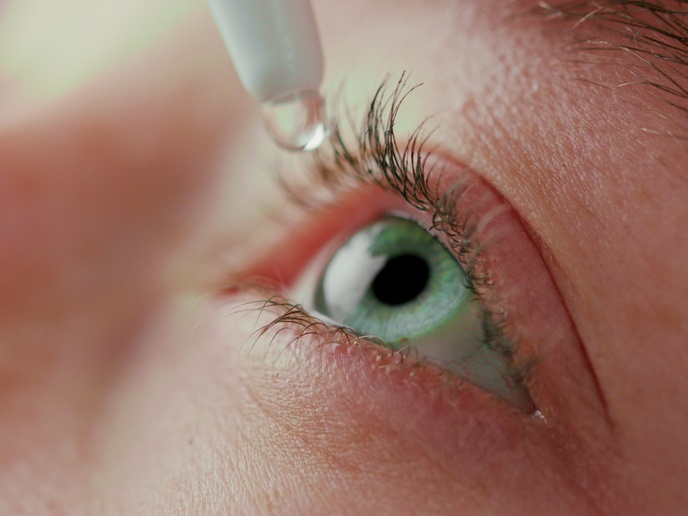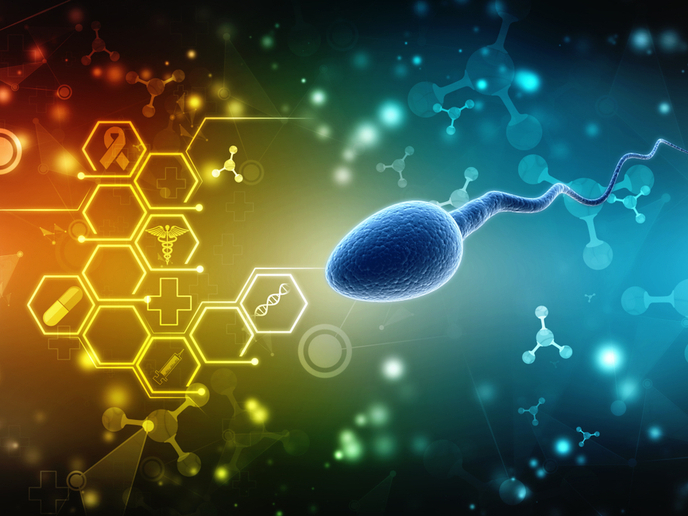Simulating molecular dynamics
Interactions of biomolecules such as proteins and DNA with synthetic surfaces are critical in many areas of bionanotechnology and biomedical engineering. For example, an implant like a hip-stem replacement necessitates integration with the host tissues, and protein adsorption facilitates this integration. It is essential that researchers understand the behaviour of a protein when it comes into contact with a range of synthetic material surfaces. Researchers with the 'Program development for the molecular simulation of protein-surface interactions' (PROTEIN-SURF SIM) project developed a molecular dynamics simulator to predict how various proteins behave with a large variety of materials. This simulator is called Large Atomic/Molecular Massively Parallel Simulator (LAMMPS). In each application, the protein bioactivity varies with the solvent accessibility and the structure of its bioactive domains. It is now possible to obtain data that enables the control of conformation and orientation of biomolecules. The team also completed the development of the new set of modules necessary for simulating protein behaviour on surfaces in solution. The scientists also benchmarked the simulation methods. Module validation in specific biomolecule-surface systems was very successful and over 70-fold increase in computational efficiency was seen compared to the previously used simulation program. After complete testing of each module, these have been made freely available for downloading from the (LAMMPS)(opens in new window) website. Interested users will be primarily in healthcare but the technology could easily be modified to extend to other areas.







